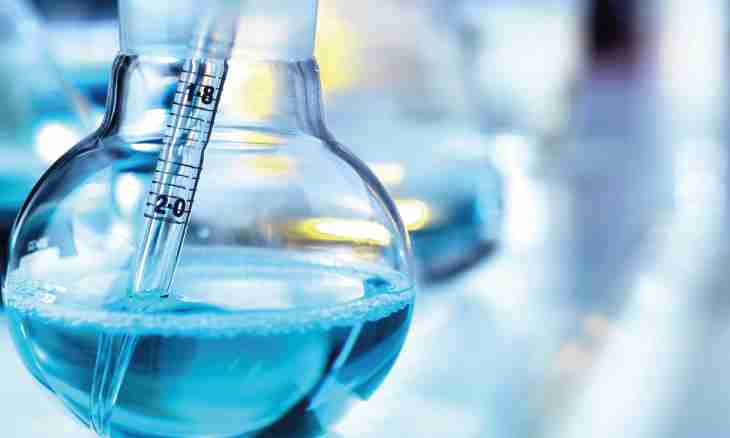Chemicals can be measured not only in kilograms or milliliters, but also in moths. Mol – the substance unit of quantity which appeared thanks to the fact that substances consist of molecules and atoms.
What is mol in chemistry: definition
The mol represents such amount of substance which contains in itself as much particles (molecules or atoms) how many atoms contain in 12 g of carbon C. To find number of particles in 12 g of carbon, it is necessary to divide the substance lump (0.012 kg) into the absolute mass of carbon atom, a component 19.93x10^ (-27) kg.
As a result it turns out 6.02x10^23 particles. The found number is equal to number of molecules or atoms in one pier of any substance and is called Avogadro's number. Its dimension – 1/mol, or mol "in minus of the first degree".
If chemical consists of molecules, will contain in one pier of this substance 6.02x10^23 molecules. So, 1 mol of H2 hydrogen is 6.02x10^23 molecules H2, 1 mol of H2O water is 6.02x10^23 the molecules H2O, 1 mol of C6H12O6 glucose is 6.02x10^23 molecules C6H12O6.
If substance consists of atoms, one pier of this substance will contain the same Avogadrovo number of atoms - 6.02x10^23. It belongs, for example, to 1 I ask gland of Fe or sulfur S.
What tells amount of substance about
So, 1 mol of any chemical supports Avogadrovo number of the particles making this substance i.e. near 6.02x10^23 molecules or atoms. The total amount of substance (number of moths) is designated by Latin letter n or the Greek letter "nu". It can be found on the relation of total number of molecules or atoms of substance to number of molecules in 1 pier – to Avogadro's number: n=N/N(A) where n is amount of substance (mol), N is quantity of particles of substance, N(A) is Avogadro's number. From here it is possible to express also number of particles in the set amount of substance: (N=NA) x n. The actual weight of one mole of a substance call it molar weight and designate buky M. It is expressed in "grams on mol" (g/mol), but is in number equal to the relative molecular mass of the substance Mr (if substance consists of molecules) or relative atomic mass of the substance Ar if substance consists of atoms. Relative atomic masses of elements can be found according to Mendeleyev's table (usually when calculating they are rounded). So, for hydrogen it is 1, for lithium – 7, for carbon – 12, for oxygen – 16, etc. Relative molecular masses consists of relative atomic masses of the atoms making molecules. For example, relative molecular mass of H2OMr(H2O) water =2xAr (H)+Ar(O)=2x1+16=18.
Relative atomic and molecular masses are dimensionless sizes as express the mass of atom and a molecule of rather conventional unit – 1/12 mass of atom of carbon.
Usually it is required to find in standard tasks how many molecules or atoms contain in the set amount of substance what weight the set amount of substance, how many molecules in the set weight is. It is important to understand that the molecular formula of substance indicates number of moths of each element which is its part. That is 1 mol of sulfuric H2SO4 acid contains 2 asking atoms of hydrogen H, asking 1 moth of atoms of S, 4 sulfur oxygen O atoms.

